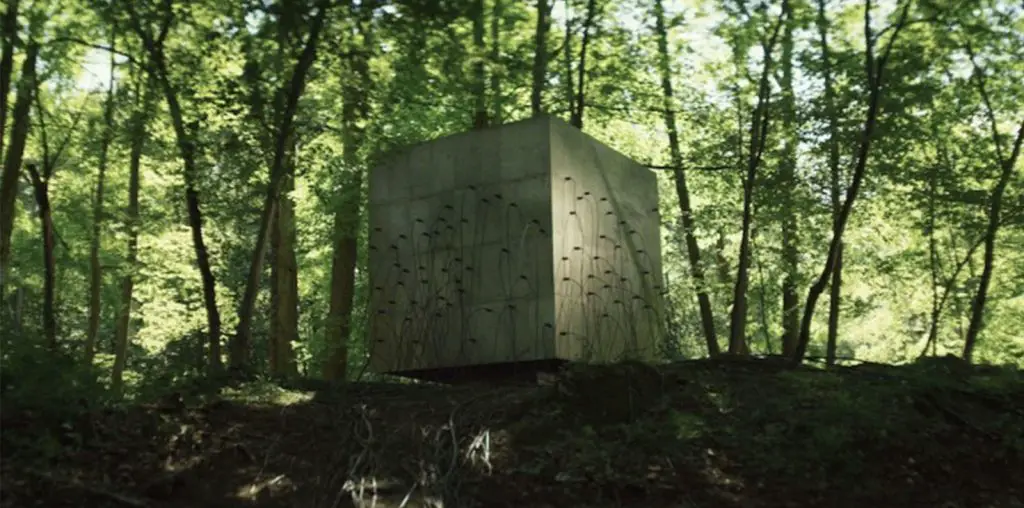
You could imagine Spike Lee, in his preteen years, taking in every classic movie that came on TV. In his 25-plus-year career he’s included enough allusions and genres to suggest he was raised on film history. But during a recent phone conversation, Spike says it ain’t so: “I didn’t want to make films until college,” he said. When guest programming recently on Turner Classic Movies, he noted that he saw many of the classics – including lesser-knowns, such as Billy Wilder’s Ace in the Hole – when he became a film student.
Tradition comes naturally to Lee, since he uses genre and story forms as reference points more than conscious aims. His new film, the low-budget (note: underground filmmakers really should have a look) and refreshingly humble Red Hook Summer, begins with the journey of young Flik (Jules Brown) into a new world, from Atlanta to the eponymous section of Brooklyn. Lee is inclined to the use of a “special world” as a testing ground for his characters, and thus invokes the traditional Hollywood narrative style while ready to upturn it. Lee’s Mookie in Do the Right Thing works as a pizza delivery man, in which he regularly dips into different walks of life (look out for his cameo in Summer). His role in transient settings, and especially oscillating between Sal’s Pizza Shop and surrounding community of Bed-Stuy in the 1989 film, allows Lee to break down barriers – essentially, fusing the ordinary and special worlds of the classical plot.
In his masterful heist film Inside Man, Detective Keith Frazier (Denzel Washington) must enter a bank held by a team of robbers who have thrown a deceptive sheen over the proceedings. The film is, essentially, a puzzle for Frazier to crack, beyond the psychology-play of winning over the lead robber/kidnapper. The Buffalo Soldiers of Miracle at St. Anna find themselves behind enemy lines and negotiating with Italians. As they advance earlier in the film, Axis Sally – an element Lee notes came from his own love and expertise of World War Two history – reads messages of deceit in a radio broadcast that, alas, contains some truths of their own country’s persecution against them.
Flik’s new world is with his grandfather: an austere apartment (air conditioning is not to be found), a small church he leads, and the struggling neighborhood around it. It was a world that captured the imagination of Lee and his co-screenwriter, James McBride (also writer of Miracle at St. Anna, which is based on his novel). Lee describing Red Hook Summer‘s origin: “I called James and said, ‘Listen, I have this new Sony X3 digital camera – let’s come up with something.’ And the story started over a breakfast conversation.” The direct inspiration for the opening, when Flik films his new environs with his iPad, was Lee’s own family: “I have teenage kids, and they use all this technology – and I am baffled by it, especially how it’s second nature to them,” Lee said. “Way back I shot She’s Gotta Have It in Super 16, burning film all the way. Now, technology is everywhere.”
While Flik leads us into the story, his uncle, Bishop Enoch Rouse, takes the central role, the film resting on him. In the role Lee cast the relatively unknown Clarke Peters, who proves to be a scene stealer and powerhouse. “I’ve been a fan of Clarke Peters for years,” Lee said. “He’s really reactive in his roles in the series The Wire, Damages, and Treme, which when you think about it, are all ensembles. You have sometimes 20 people who all need their stories told, but [ensembles] are great and democratic. So I knew, knew that Clarke Peters would relish a role like [Enoch].” Working alongside young actors – and the viewers’ compassion about their inexperience will be necessary here – Peters shows the kind of experience that’s been unheralded, in lesser roles requiring flexibility instead of the cliched idea of the character actor.
Peters plays a man in full, though we sense the other shoe soon to drop. No stranger to the theme of perception and deception – think Miracle at St. Anna‘s Axis Sally and Inside Man‘s heist puzzle – Lee says such approaches come to him unconsciously. When on Turner Classic Movies recently, Lee noted the theme of characters dealing with consequences: “That was something I realized after the fact,” he said during our interview, “only when I looked back on [my films].” I sense an obsession for order in his films – Nola’s men want it in She’s Gotta Have It, as do Sal in Do the Right Thing, Inside Man‘s Keith Frazier, the soldiers in Miracle at St. Anna. When asked about it, the artist (used to critics probing him), says, “I’m not going to say you are wrong… but I never thought about that. Really, we just tell stories.” Such simplicity is behind the narrative and filming of Red Hook Summer. In its characters and conflicts, the film seems to be little but demands much more.
